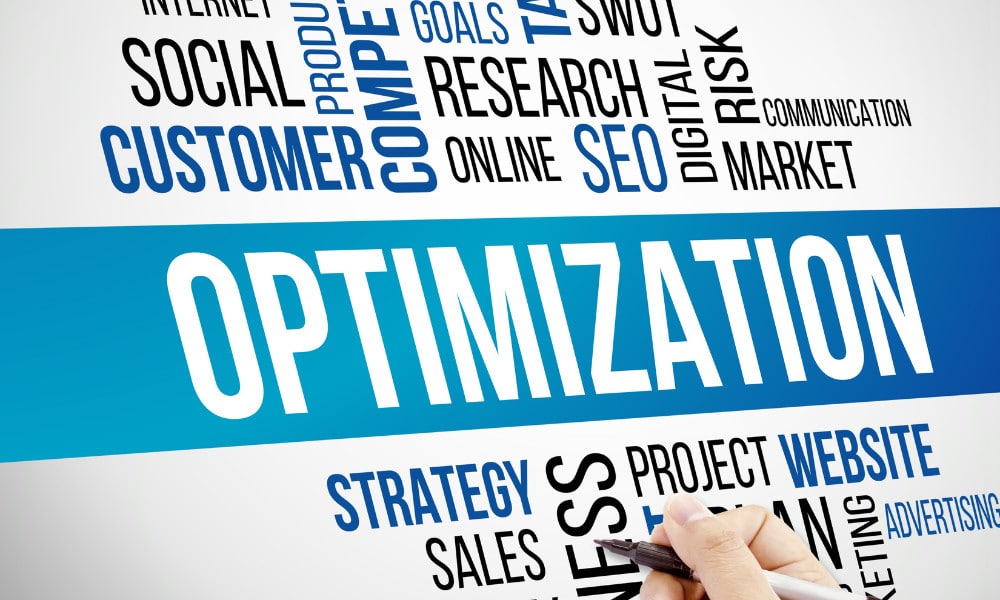
Googlebot optimization is a crucial aspect of website optimization that is often overlooked. While search engine optimization (SEO) is focused on optimizing a website for user queries, Googlebot optimization goes a level deeper and focuses on how Google’s crawler accesses your site. In this article, we will discuss the basics of Googlebot optimization and how it can affect your site’s searchability.
Googlebot is Google’s search bot that crawls the web and creates an index. It is also known as a spider. The bot crawls every page it’s allowed access to and adds it to the index where it can be accessed and returned by users’ search queries. A site’s crawlability is the important first step to ensuring its searchability. Googlebot optimization is focused on how Google’s crawler accesses your site. There’s a lot of overlap between SEO and Googlebot optimization, but it’s important to make this distinction because there are foundational ways in which it can affect your site.
Googlebot spends more time crawling sites with significant pagerank. The amount of time that Googlebot gives to your site is called “crawl budget.” The greater a page’s authority, the more crawl budget it receives. Googlebot is always crawling your site. Google’s Googlebot article says this: “Googlebot shouldn’t access your site more than once every few seconds on average.” In other words, your site is always being crawled, provided your site is accurately accepting crawlers. There’s a lot of discussion in the SEO world about “crawl rate” and how to get Google to recrawl your site for optimal ranking. You can alter the crawl rate within Webmaster Tools (gear icon → Site Settings → Crawl rate). Googlebot consistently crawls your site, and the more freshness, backlinks, social mentions, etc., the more likely it is that your site will appear in search results. It’s important to note that Googlebot does not crawl every page on your site all the time.
Here are some tips for optimizing your site for Googlebot:
Don’t get too fancy: Avoid using too many fancy elements on your website as it can slow down the loading speed of your website. This can negatively impact your site’s crawlability and searchability.
Do the right thing with your robots.txt: Robots.txt is a file that tells Googlebot which pages to crawl and which pages to ignore. Make sure you have a well-structured robots.txt file that allows Googlebot to crawl your site effectively.
Create fresh content: Content that is crawled more frequently is more likely to gain more traffic. Creating fresh and relevant content can help improve your site’s crawlability and searchability.
Optimize infinite scrolling pages: Infinite scrolling pages can be difficult for Googlebot to crawl. Make sure you optimize these pages to ensure they are crawlable.
Use internal linking: Internal linking can help Googlebot discover new pages on your site. Make sure you have a well-structured internal linking system that allows Googlebot to crawl your site effectively.
Create a sitemap.xml: A sitemap.xml file is a file that lists all the pages on your site. This file helps Googlebot discover new pages on your site and crawl them effectively.
Googlebot optimization is an important aspect of website optimization that should not be overlooked. By following the tips mentioned above, you can improve your site’s crawlability and searchability, which can help improve your site’s ranking in search results.


